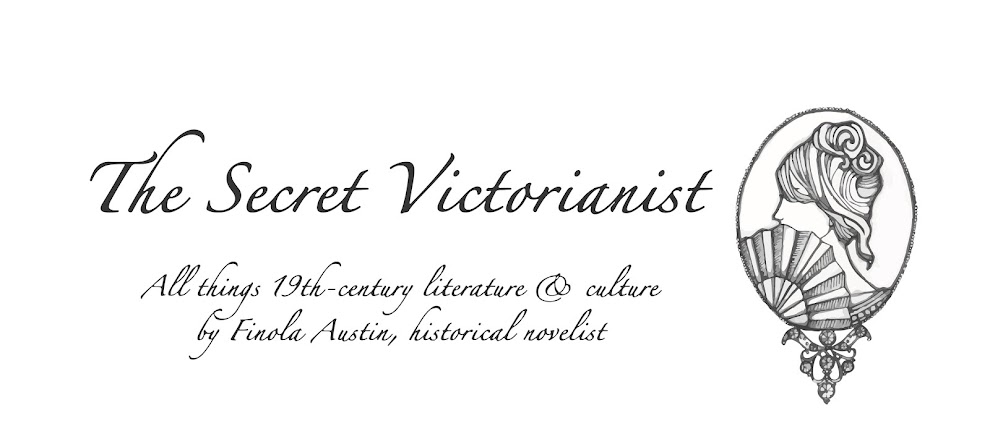I’ve been blogging as the Secret
Victorianist since 2013, sharing my love of all things nineteenth-century
literature and culture. This month I’m delighted to share that a historical
novel of my own (set in the Victorian period—of course!) has been acquired by
Atria Books, part of Simon & Schuster, for publication in 2020.
 |
| Lydia Robinson |
What’s the novel about?
Titled Brontë’s Mistress, my novel is based on the true, heretofore untold
story of Lydia Robinson and her affair with Branwell Brontë. The novel gives
voice to the courageous, flawed, complex woman slandered in Elizabeth Gaskell’s
The Life of Charlotte Brontë (1857)
as the ‘wicked’ elder seductress who corrupted the Brontë brother, driving him
to an early grave and bringing downfall on the entire Brontë family.
When can I read it?
Stay tuned for the exact date the novel will be available for
order and pre-order. But it’ll be in 2020.
How can I get MY novel published?
Every writing career is
different, but I’ll be sharing blog posts over the next year about my own
writing and publication journey. Topics will include conducting research for
historical fiction, writing tools, finding a literary agent and more. If you
have any burning questions or topics you’d love me to cover please tweet me
@SVictorianist.
What about your normal content?
Don’t worry! It’s business as
usual. I’ll still be reviewing other
twenty-first-century-written/nineteenth-century-set historical novels as part
of my Neo-Victorian Voices series, covering art exhibitions and theatrical
productions related to the period and blogging on the wide array of topics I’ve
been writing on for the last six years. If you have feedback about the ratio of
writing-related to non-writing-related content, please let me know.
Are you excited?
I am so happy to be able to share
this part of my life with you, and my novel itself next year. Reading the
experiences of other writers has been invaluable to me as I’ve written my novel
and gone through the submissions process. I hope I can be helpful to you too.





